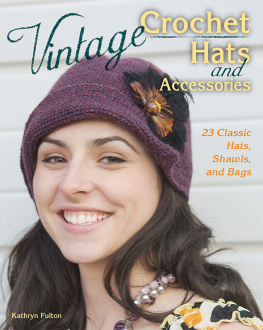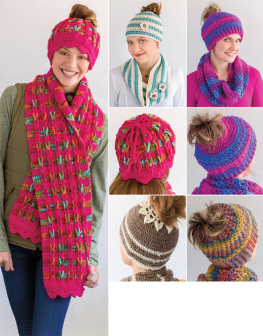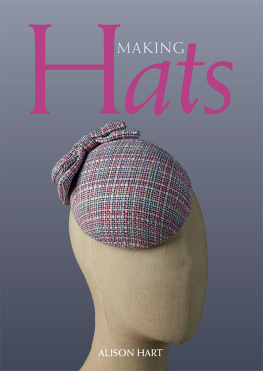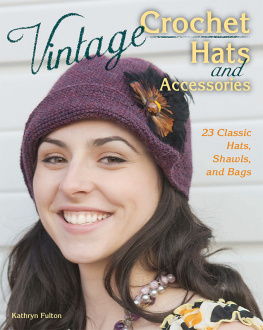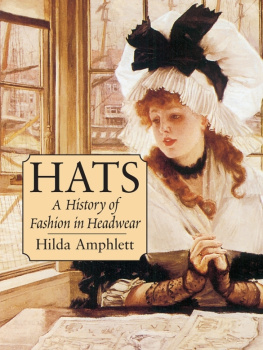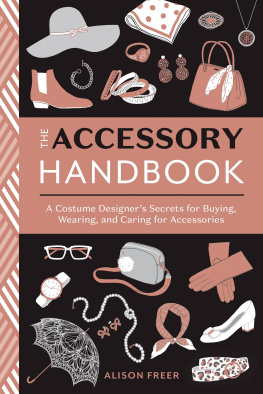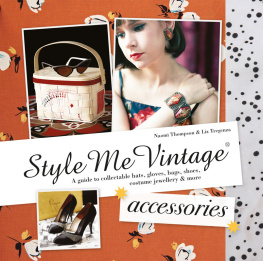
HarperCollinsPublishers
1 London Bridge Street
London SE1 9GF
www.harpercollins.co.uk
First published by HarperCollinsPublishers 2016
FIRST EDITION
Helena Sheffield 2016
Cover layout design HarperCollinsPublishers Ltd 2016
Illustrations Sian Tezel 2016
A catalogue record of this book is available from the British Library
Helena Sheffield asserts the moral right to be identified as the author of this work
All rights reserved under International and Pan-American Copyright Conventions. By payment of the required fees, you have been granted the nonexclusive, non-transferable right to access and read the text of this e-book on screen. No part of this text may be reproduced, transmitted, downloaded, decompiled, reverse engineered, or stored in or introduced into any information storage retrieval system, in any form or by any means, whether electronic or mechanical, now known or hereinafter invented, without the express written permission of HarperCollins e-books.
Find out about HarperCollins and the environment at www.harpercollins.co.uk/green
Source ISBN 9780008165291
Ebook Edition February 2016 ISBN: 9780008165369
Version: 2015-12-17
Contents
The hat is back. Not with a bang or a grandiose flourish, but with a growing murmur as it gathers a dedicated following. Its cropping up more and more frequently: from weddings and walks, to festivals, holidays and quick nips to the shops, people are rediscovering the trilby and the turban, the pillbox and the pork pie. Its a quietly quirky fashion revolution.
Do you want to know a secret? The hat never left. While its been fading from common use over the past few decades, every now and then someone rediscovers it. Look at Kate Middleton, Cara Delevingne, Justin Timberlake and Pharrell Williams: all lauded for their pioneering hattitude, and all inspiring more and more people to don a hat.
This book is an ode to you to the person who sees the power of a good hat, whether they wear one or not. If youre already a hat enthusiast, delve into these pages for ideas to further refine your unique look. If youre afflicted by The Fear, believing that hats dont suit you, ask yourself why that is its possible that you simply havent found the right one yet.
Catwalking some of the best, most versatile hats around, this book offers advice on how and when to wear them, what with and where to, and lists a variety of shops to buy them from. It suggests which hats suit different face shapes and head sizes, and gives tips and tricks for making the most of each hat. It provides stories from the history of different hats (you might be surprised by some), and will point you in the direction of becoming the hat-wearer you were always born to be.
Wearing a hat doesnt actually take anything more than confidence, but understanding the true magic of hats and how they can transform the wearer into a mysterious stranger cant always be learnt alone. Using this book will help you uncover their secrets, master them and work out how to wear hats every day.
The list of contents and index in this book can help you determine exactly what kind of hat youre looking for, with the contents organising them by occasion and the index by season.
Once youve decided on a hat of interest, you can find more information on its origin, anecdotes from its history and a list of specific suggestions and ideas for finding and wearing it under the following headings:
WEAR IT
When to wear the hat occasions, weather and season.
OWN IT
What face shapes, head sizes or hair styles can really own the hat.
STYLE IT
What to wear it with.
FIND IT
Wheres best to buy one.
PERFECT IT
Top tips and tricks for wearing the hat.
STYLE GURU
Which celebrities wear this hat best and why, giving you all the hat-spiration youll ever need.
This book is a guide to help you along the path of discovering hats, to encourage you to create your own style and to become an inspiration to the rest of us.
While there are considerably more hats designed for women, this book also provides pointers for those fashion-savvy men who really know how to dress. Many of the hats listed here can and should! be adopted by both sexes.
Once you properly start wearing hats, it naturally follows that youll become an icon. (I know, its a hard life.) There are burdens that come with such responsibility, and the final section of this book covers common issues faced by hat-wearers today, with a few simple solutions. By dipping in and out of these pages you will become a fully fledged hat-wearer, who commands respect and answers to no one.
3,300 BC The earliest known version of a hat is preserved alongside its owner in the ice of a mountain on the border of Austria and Italy, proving that even in the Bronze Age people knew how to dress. Or just keep their heads warm.
3,200 BC Tomb paintings depict Egyptian men wearing conical straw hats or headdresses.
AD 800 St Clement, English patron saint of hat-makers, accidentally discovers felt. You could say that this occurrence ranks alongside similar accidental discoveries, such as penicillin and the Slinky.
1571 An Act of Parliament is passed decreeing that people over the age of six must wear a hat on Sundays. Of course, this only applies to the commoners.
1597 The above law is revoked for being far too ridiculous.
17th century The term milliner is first used to describe hatmakers. Milan is already considered a centre of fashion, so the term suggests that only Milan-ers make hats.
18th century The French Revolution makes hats unpopular in France (perhaps for the first and last time), as theyre seen to indicate social status. Its deemed fashionable and safer to appear democratic, so hats drop out of use.
19th century Womens necks are considered too erotic for public display, so bonnets are fashioned with frills and ribbons at the back to cover them up.
19141918 During the First World War fabric is scarce, so plumes of feathers and overly adorned hats are frowned upon for being unpatriotic. Hats become much smaller and simpler.
1920s Womens necks are apparently still considered erotic, as theyre all being shown off by shocking new hairstyles and hats that accentuate their length.
1939 1945 In complete contrast to the First World War, hats are one of the only items of clothing not affected by severe rationing. In France berets are adopted as a symbol of resistance against Nazi occupation, and explosions of feathers and flowers are admired rather than shunned.
Late 1960s Fashions begin leaning towards the daring young people, and hats gradually fall from grace, perceived as the preserve of older, more conservative dressers.
2011 The wedding of the century takes place between Prince William and Kate Middleton, bringing the hat back with resounding success. Royalty and guests wear hats with panache, style and unfailing confidence, finally returning them to the public eye.
2016 A book so brilliant, useful and witty is published, championing the hat and inspiring a revolution of new hat-wearers, that it will later be heralded as the tome that changed the fashion industry for good. (Clue: youre reading it.)




